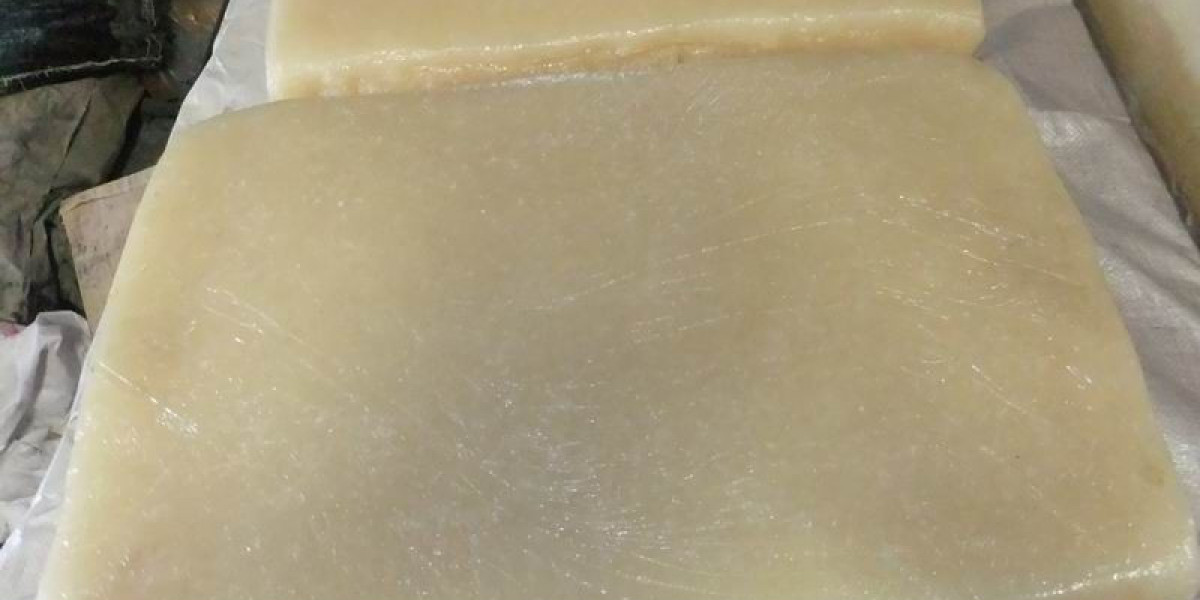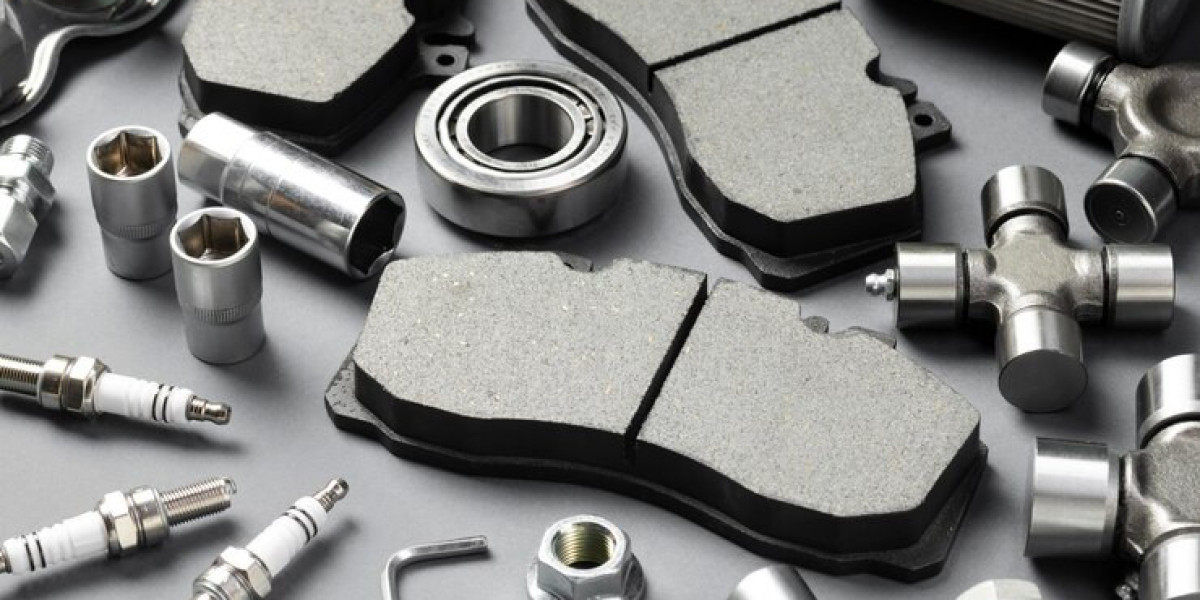Introduction
The Styrene Butadiene Rubber (SBR) market is governed by a range of regulations and compliance standards designed to ensure product quality, safety, and sustainability. These regulations are established at both global and regional levels, addressing concerns such as environmental impact, health and safety, and the use of raw materials. As demand for SBR grows across industries like automotive, construction, and consumer goods, manufacturers must navigate these regulatory landscapes to ensure compliance while maintaining operational efficiency. This article explores the key global and regional regulations that affect the SBR market.
1. Global Regulatory Standards
REACH (Registration, Evaluation, Authorization, and Restriction of Chemicals)
The European Union’s REACH regulation is one of the most significant global standards for chemicals, including SBR. It requires manufacturers to register the chemicals they produce, ensuring that all chemicals used in SBR are assessed for their impact on human health and the environment. SBR producers must comply with REACH by ensuring that their products meet safety standards, including limits on hazardous substances and obligations to provide safety data sheets.
Globally Harmonized System (GHS) of Classification and Labeling of Chemicals
The GHS, adopted by the United Nations, provides a consistent system for classifying and labeling chemicals based on their health, environmental, and physical hazards. SBR manufacturers must adhere to GHS guidelines to ensure proper labeling of their products, ensuring that users understand the potential risks associated with SBR in different applications. This helps mitigate health and safety risks for workers and consumers.
2. Regional Regulatory Standards
North America: EPA and TSCA Compliance
In the United States, the Environmental Protection Agency (EPA) regulates chemicals under the Toxic Substances Control Act (TSCA). SBR manufacturers must ensure their products meet the TSCA's requirements for chemical safety, including the submission of pre-manufacture notices for new chemicals and ongoing reporting on the use and safety of existing chemicals. Similarly, in Canada, the Environmental Protection Act governs chemical safety, requiring compliance with similar safety and environmental standards.
Asia-Pacific: China’s National Standards
China, as a major producer and consumer of SBR, has established its own set of regulations for chemicals. The Chinese government’s GB (Guobiao) standards cover the environmental, health, and safety aspects of chemical production, including SBR. These standards often align with international regulations, but manufacturers in China must also comply with specific local requirements related to production processes, waste management, and emission controls.
European Union: Circular Economy and Sustainability Regulations
In addition to REACH, the European Union has introduced several regulations aimed at promoting sustainability, such as the Circular Economy Action Plan. This plan encourages the recycling and reuse of materials, including SBR. Manufacturers are under increasing pressure to reduce their environmental footprint by adopting greener production methods and recycling SBR from used products like tires. The EU’s emphasis on sustainability has made compliance with environmental standards a key challenge for SBR producers operating within the region.
3. Impact of Regulatory Compliance on SBR Manufacturers
Cost of Compliance
Meeting regulatory standards requires significant investment in research, documentation, and process adjustments to ensure compliance with both local and international regulations. For example, ensuring that SBR products meet REACH and GHS requirements involves extensive testing, reporting, and adjustments in production. These costs can add pressure on manufacturers, especially smaller companies.
Market Access
Compliance with global and regional regulations ensures access to key markets. Non-compliance can lead to restrictions or bans on SBR products, particularly in regions like Europe and North America, where regulations are stricter. On the other hand, adhering to these standards opens up broader market opportunities, particularly in industries focused on sustainability and product safety.
Conclusion
As the Styrene Butadiene Rubber (SBR) market continues to expand, manufacturers must navigate a complex regulatory environment. Global standards like REACH and GHS, along with regional regulations such as TSCA in North America and China’s GB standards, govern the production, safety, and environmental impact of SBR. To remain competitive and ensure market access, manufacturers must invest in regulatory compliance and adopt sustainable production practices. With increasing emphasis on environmental responsibility, the SBR industry is likely to see more stringent regulations in the future, encouraging innovation in both production processes and product design.









